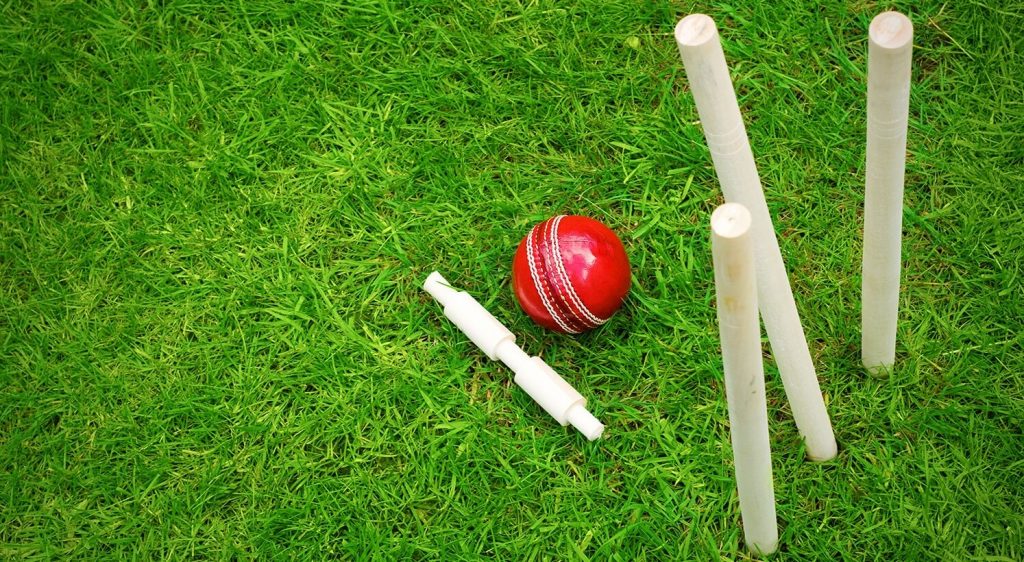
The cricket game’s popularity is growing because of Twenty20 Cricket. Which has brought the sport to an entire new generation players. There are a lot of new players who are eager to try it or revisit a game that they haven’t played since school. Here’s top tips for what to do to start playing the sport of cricket…
An increased enthusiasm for the game at international levels is slowly spreading into the lower levels of the game as increasing numbers of people wanting to be involved.
If the frantic activity that is Twenty20 cricket as well as the tactical fight of the Test Match has ignited your desire to grab a bat however you’re not certain what to do take a look.
There are people who are completely new to the sport. While others might have played previously and are looking to return. The good thing is that no matter your age or fitness, there’s an appropriate team to help you.
There are many clubs with teams, starting with the First XI all the way down to an XI of fourth or fifth and have excellent junior ranks and coaches for those who are just starting out.
It is not necessary to worry over the equipment at first. Take a look and try it out, perhaps with a little instruction in the nets (the off-pitch training area) after which you may want to look into purchasing the basics kit, which consists of cricket whites (clothing) and footwear, as well as a box for the event of a need.
Many clubs are capable of lending you cricket bats pads, gloves, pads and helmets. All of which you can later purchase to yourself when you are more involved.
Many initiatives to get kids interested in the sport of cricket have been launched with these games. They teach the fundamentals and are played using soft balls, so there is no need to worry about being injured. If you feel that you are ready to face the ball with a hard grip should look for clubs. There are also opportunities for those handicapped to take part playing table cricket which is played on tables blind cricket for those who is visually impaired and wheelchair cricket.
Knowledge about cricket game
The game of cricket can be very confusing for beginners due to the myriad of rules, jargon and games that last up to for five days, but still result in drawing.
Although it may seem confusing such as a nightwatchman going on the lookout for a duck following getting caught mid-off (just one of the most confusing scenarios) Once you begin to understand the fundamentals of the game, it becomes entertaining and, at times, thrilling.
With Twenty20 cricket providing cricket to a new generation of players and players. There’s never been an ideal time to get your weight into the sport.
Apart from the jargon that are quickly becoming common knowledge. The sport of cricket is straightforward with the aim being to get the most scores (points) than your opponent. Whatever form of cricket, no matter if it’s an Test Match (over five days) or a single day (limited overs) the team will comprise 11 players who will take the bat in turn and bowl.
- An “over” is six consecutive balls that are bowled by the same bowler.
- A “run” is a number that is scored by a batsman once the ball is bowled.
- The majority of games played at the amateur level will be played as a limited games, typically ranging in terms of the number of overs to anything from 15-50 overs per side. It all depends on the level you’re playing at.
- Cricket can be an intense sport when a hard ball is hurling across the field at a high speed. A former Pakistan pace bowler Shoaib Akhtar, has among the most fast recorded deliveries , at speeds of more than 100 miles per hour (160.9kmh). There is nothing as satisfying as the sensation of slamming the ball to six or making an amazing catch to start the adrenaline flowing.
- The game requires good hand-eye coordination when batting and bowling, and speed as well as strength. Determination, and agility are frequently needed when playing field.
- The sport was first played within England as well as being popular throughout the various regions. Which were once part of the British Empire. The most prominent international teams include England, Australia, Bangladesh, India, New Zealand, Pakistan, South Africa, Sri Lanka, West Indies and Zimbabwe. Most of the terms used in the game were developed within England as well as Australia.





